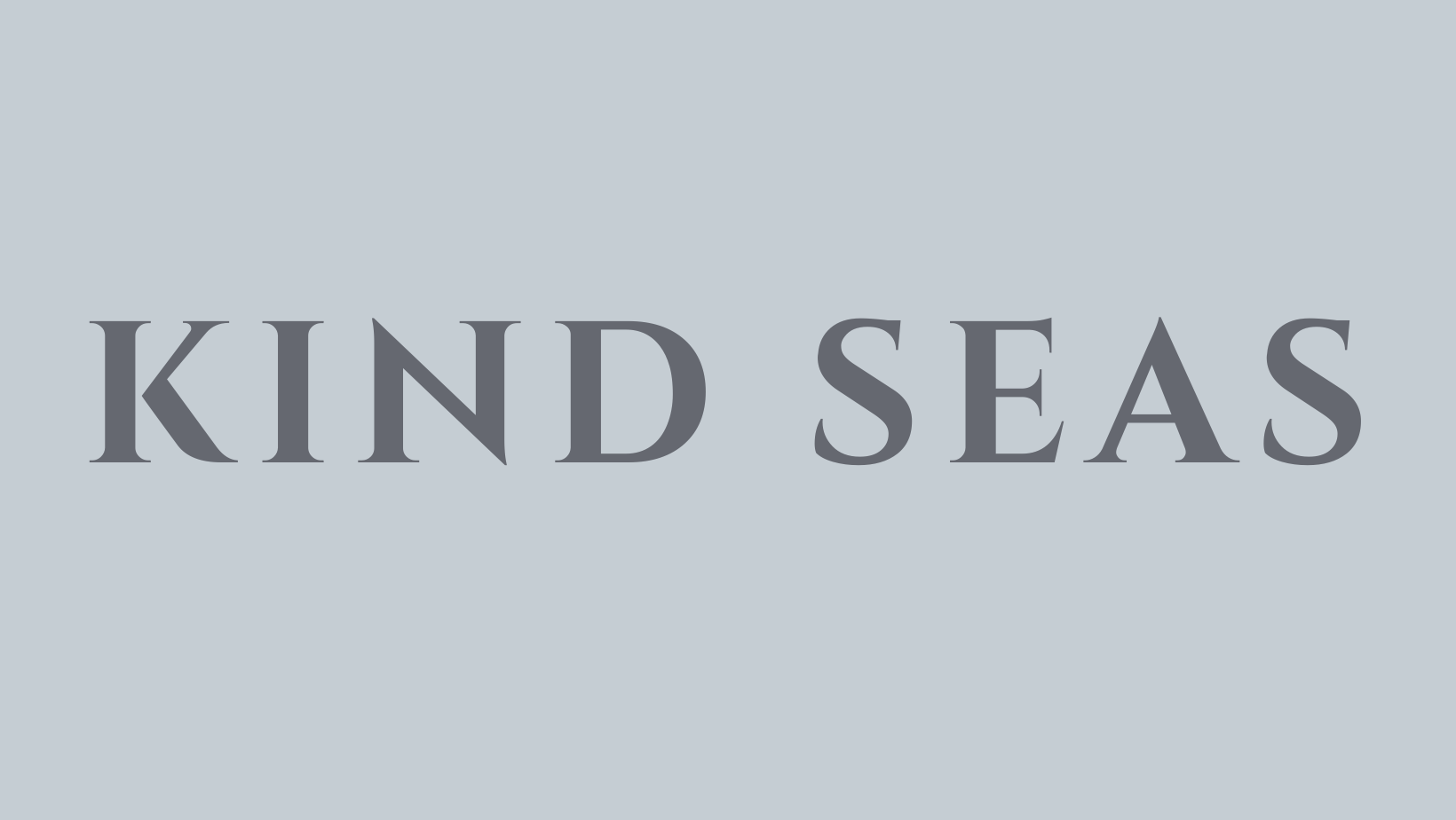Updates From the Bench: A Peek Into My Design Process
One of the most common questions I get asked about my work is “How do you come up with your designs?”. I’m going to guess that a lot of creative people get asked this question or similar ones often. “Where do your designs originate? How do you start when faced with a blank canvas?” All valid questions, but ones for which I find it hard to come up with quick, succinct, and satisfying answers.
My design process has always been pretty intuitive. I don’t at all mean this to say that designing comes naturally and easily to me; my designs are often a subconscious response to my surroundings. Thoughts and inspirations that I may not actively be seeking to draw upon always seem to find their way into my work.
I am an anxious person by nature, but am profoundly in tune with my surroundings, often out of necessity to find a sense of calm. My latest collection to date, the Wave Collection emerged shortly after moving back to Halifax, where I embraced a newfound appreciation for living near the ocean. I run a lot, and at the time my running routes brought me to the ocean’s edge almost everyday; looking out into the horizon of sea and sky, I studied the water often, sometimes subconsciously. The ocean’s presence in my life began to come through in the soft curves, and undulating patterns that characterize the Wave Collection.
There’s no right or wrong way to approach design. Everyone has their own methods and formulas, but I thought I would outline a few key stages to the process of design that I usually follow in my work. I’m going to use some recent design explorations that I have been pursuing in my practise to illustrate the process.
1. Acknowledge the things that really fascinate you.
The first part of my design process is a sort of self check-in. What are the things in your life that get you most fired up or excited? What could you study and dissect for hours at a time? Is there anything in your surroundings that seems to pique your interest over and over again?
Sometimes my designs emerge from ideas and inspirations that get tucked away until I feel like I am ready to work with them. This past Christmas I uncovered a gold nugget of inspiration that I haven't been able to really keep out of my mind. I found an old flower press at my parents house which contained pages and pages of beautifully preserved flowers that I had pressed probably close to twenty years ago. It was such an unexpected surprise to find the flowers in such good condition- many of the colors are still so vivid, and the leaves crisp and in tact. The flower press seemed almost like a time capsule; it felt as if moments of my childhood were preserved within its pages. I put the press aside for a few months until I acknowledged the fact that I somehow needed to let it be the inspiration for some new work.
2. Study things closely and in great detail.
Taking some time to really observe your inspirations in depth can help you to learn more about your subject, and uncover interesting aspects you may not have noticed before. I took photographs of the pressed flowers and uploaded them onto my computer where I could zoom in to closely examine the details. It was really fascinating to see how delicate and translucent the lifeless flowers that become. In their “after life” in the press, the flowers had transformed into perfectly flattened, paper-thin forms. I printed enlarged images of the flowers in high-contrast black and white in order to better study their silhouettes.
3. Simplify and edit.
This is one of my favourite stages of my design process: simplifying and editing. It’s the stage where you begin to evaluate all the visual information you’ve collected, and pare everything down to what is most essential.
I traced the outlines of the flowers I had photographed and resized on the computer, and began to simplify the forms. By editing out some extra leaves, softening or hardening some edges, I started to abstract the flowers. At this point I began using the photos as a rough guide rather than a strict template, and creating my own new forms based on them. I also started to remove elements from one flower, and to add them onto another to create interesting compositions.
4. Be open to how your medium can impact your design choices.
After much sketching, I narrow down my ideas to a few designs that I would like to explore in three dimensions. My sketches often end up serving as a starting point; it’s important to be open to allowing the design to change and evolve as it comes to life in three dimensions. The material and form might pose issues that require you to alter the design to arrive at a more resolved finished piece.
Here is a little peek at a few designs that I have decided to pursue for a new summer collection. The next stage will be to carve the forms in wax, and the waxes will be transformed into metal through a process called “lost wax casting” (I will post more about this process soon!). I am excited to see these sketches take shape in three dimensions!
For now, I will leave you here; I just wanted to provide a little glimpse into how I approach designing new work. As I mentioned earlier, there’s really no right or wrong way to design; whatever way you are able to hone in your inspirations and express yourself creatively is, in my mind, completely valid!
Thanks for reading!
